-
 Bitcoin
Bitcoin $117,576.6195
-0.21% -
 Ethereum
Ethereum $2,938.5668
-1.35% -
 XRP
XRP $2.7699
4.60% -
 Tether USDt
Tether USDt $1.0003
0.01% -
 BNB
BNB $688.1624
-0.01% -
 Solana
Solana $160.5113
-1.95% -
 USDC
USDC $0.9999
0.01% -
 Dogecoin
Dogecoin $0.1976
-0.70% -
 TRON
TRON $0.3008
1.54% -
 Cardano
Cardano $0.7159
-2.16% -
 Hyperliquid
Hyperliquid $46.2240
2.04% -
 Stellar
Stellar $0.3966
22.03% -
 Sui
Sui $3.3928
-3.11% -
 Chainlink
Chainlink $15.1204
-2.43% -
 Bitcoin Cash
Bitcoin Cash $515.1741
-1.19% -
 Avalanche
Avalanche $20.8130
-0.90% -
 Hedera
Hedera $0.2001
-2.12% -
 UNUS SED LEO
UNUS SED LEO $9.0522
0.72% -
 Shiba Inu
Shiba Inu $0.0...01316
-2.01% -
 Toncoin
Toncoin $2.9843
0.61% -
 Litecoin
Litecoin $92.6745
-2.71% -
 Polkadot
Polkadot $3.9483
-0.06% -
 Monero
Monero $328.5347
1.10% -
 Dai
Dai $0.9998
0.01% -
 Ethena USDe
Ethena USDe $1.0006
-0.01% -
 Uniswap
Uniswap $8.3739
-6.50% -
 Bitget Token
Bitget Token $4.4241
-1.99% -
 Pepe
Pepe $0.0...01222
-3.96% -
 Aave
Aave $300.5203
-3.61% -
 Bittensor
Bittensor $382.2607
-1.92%
AVL indicator alerts setup
The AVL indicator helps traders spot volume spikes and potential price reversals in crypto markets by setting customizable alerts for timely trading decisions.
Jul 12, 2025 at 02:15 pm
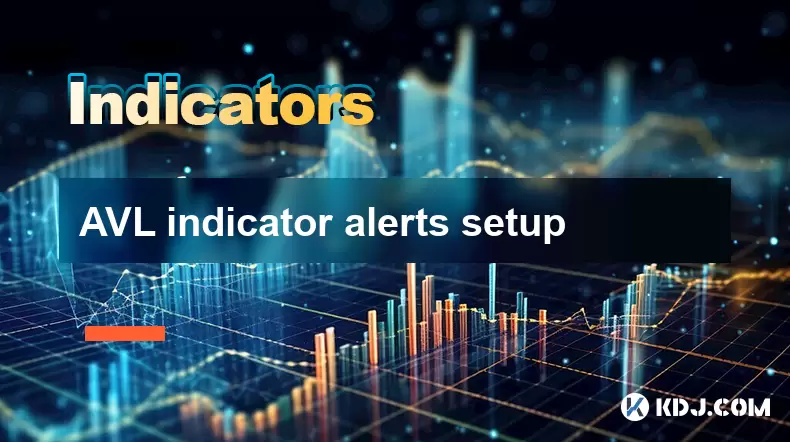
What Is the AVL Indicator?
The AVL (Advanced Volume Levels) indicator is a technical analysis tool used primarily in cryptocurrency trading to track volume levels and identify potential price reversals. Unlike traditional volume indicators, AVL provides more nuanced insights by analyzing volume spikes across different timeframes. Traders use it to confirm trends or anticipate possible trend changes based on volume anomalies.
Understanding how AVL works is crucial for setting up alerts effectively. The indicator typically displays volume levels as bars or lines, with color-coded thresholds that signal when volume exceeds normal levels. These thresholds can be customized to suit individual trading strategies and market conditions.
Why Use Alerts with the AVL Indicator?
Setting up alerts with the AVL indicator helps traders stay informed about significant volume movements without constantly monitoring the charts. In the fast-paced world of cryptocurrency, where prices can swing dramatically within minutes, real-time notifications are essential for timely decision-making.
Alerts act as triggers for potential trade setups or risk management actions. For instance, if volume surges beyond a certain threshold, it could indicate an impending breakout or breakdown. By configuring alerts properly, traders can react swiftly to such events, improving their chances of entering or exiting positions at favorable prices.
How to Add the AVL Indicator to Your Chart
Before setting up alerts, you must first add the AVL indicator to your charting platform. Most platforms like TradingView support third-party indicators, including AVL. Here’s how to do it:
- Navigate to the "Indicators" section on your chart.
- Search for "AVL" or "Advanced Volume Levels" in the public library.
- Click on the indicator and apply it to the chart.
- Customize the settings according to your preference, such as timeframe and volume thresholds.
Once applied, the AVL indicator should appear beneath or overlay on your price chart, displaying volume data in real-time.
Configuring Alert Conditions Using AVL
After adding the AVL indicator, the next step is to configure alert conditions. This involves defining specific scenarios under which you want to receive notifications. For example, you might set an alert when the volume crosses above a certain level or when a spike occurs after a period of low activity.
To configure these conditions:
- Open the alert creation menu on your charting platform.
- Choose "Create Alert" or similar option.
- Under the condition section, select the AVL indicator from the dropdown list.
- Set the trigger level—for instance, when AVL reaches 100,000 units.
- Decide whether the alert should activate when the value is greater than, less than, or equal to the specified level.
By carefully selecting these parameters, you ensure that alerts remain relevant and actionable, reducing the noise from insignificant volume fluctuations.
Setting Up Real-Time Notifications
Once the conditions are defined, the final step is enabling real-time notifications. Most platforms allow alerts to be delivered via email, SMS, or pop-up messages directly on the platform. Some even integrate with messaging apps like Telegram or Discord for added convenience.
To enable notifications:
- Check the notification options while creating or editing the alert.
- Ensure that your contact details or messaging integrations are correctly configured in your account settings.
- Test the alert system with a dummy condition to verify delivery.
When everything is set, you’ll receive instant updates whenever AVL-based conditions are met, allowing you to make timely decisions in volatile crypto markets.
Managing Multiple AVL Alerts
If you’re tracking multiple cryptocurrencies or different timeframes, managing several AVL alerts becomes necessary. Most platforms allow users to create and manage multiple alerts simultaneously.
To organize them efficiently:
- Label each alert clearly with the asset name and timeframe.
- Group alerts by strategy or market condition—such as bullish, bearish, or neutral.
- Regularly review and adjust thresholds based on evolving market dynamics.
This ensures that your alert system remains streamlined and effective, preventing confusion or missed opportunities due to cluttered notifications.
Frequently Asked Questions (FAQ)
Q: Can I customize the colors of the AVL indicator?
Yes, most platforms allow customization of the AVL indicator’s visual appearance, including bar colors and line thickness. This helps in distinguishing between normal and abnormal volume levels more easily.
Q: Does the AVL indicator work well with other tools like RSI or MACD?
Absolutely. Combining AVL with other technical indicators like RSI or MACD can provide more robust trade signals. For example, a volume spike (detected by AVL) alongside an RSI divergence may strengthen a reversal signal.
Q: Is there a way to backtest AVL alerts before using them live?
Some advanced platforms offer backtesting features where you can simulate how your AVL-based alerts would have performed historically. This helps in refining your alert parameters before deploying them in live trading.
Q: Are AVL alerts reliable during low liquidity periods?
During low liquidity phases, volume readings may not be as meaningful. It’s advisable to combine AVL alerts with additional filters, such as time-of-day or volatility measures, to avoid false signals in illiquid markets.
Disclaimer:info@kdj.com
The information provided is not trading advice. kdj.com does not assume any responsibility for any investments made based on the information provided in this article. Cryptocurrencies are highly volatile and it is highly recommended that you invest with caution after thorough research!
If you believe that the content used on this website infringes your copyright, please contact us immediately (info@kdj.com) and we will delete it promptly.
- Litecoin, BONK, BlockDAG Presale: Navigating the Crypto Frenzy
- 2025-07-13 00:30:12
- MicroStrategy, Bitcoin, and the Leveraged Proxy: Riding the Crypto Wave
- 2025-07-13 00:50:12
- Meme Coins, Long Term, and Presales: What's the Hype?
- 2025-07-13 00:50:12
- Tether's USDT on Blockchains: Streamlining for Scalability and Regulatory Shifts
- 2025-07-12 22:30:12
- HBAR Price Prediction: Hedera's AI Play and the $100 Dream
- 2025-07-12 23:10:12
- Shiba Inu, Meme Coin, Quick Gains: Is the Hype Fading?
- 2025-07-13 00:15:16
Related knowledge

Crypto RSI for day trading
Jul 12,2025 at 11:14am
Understanding RSI in the Context of Cryptocurrency TradingThe Relative Strength Index (RSI) is a momentum oscillator used to measure the speed and cha...

Crypto RSI for scalping
Jul 12,2025 at 11:00pm
Understanding RSI in the Context of Crypto TradingThe Relative Strength Index (RSI) is a momentum oscillator widely used by traders to measure the spe...
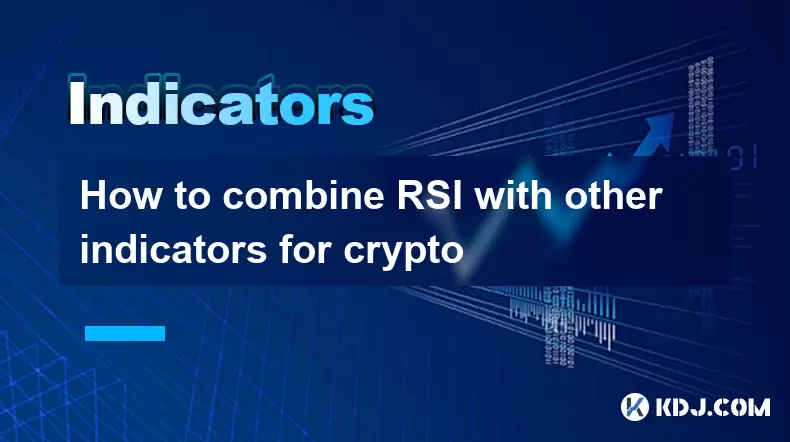
How to combine RSI with other indicators for crypto
Jul 12,2025 at 08:35am
Understanding the Role of RSI in Crypto TradingThe Relative Strength Index (RSI) is a momentum oscillator that measures the speed and change of price ...
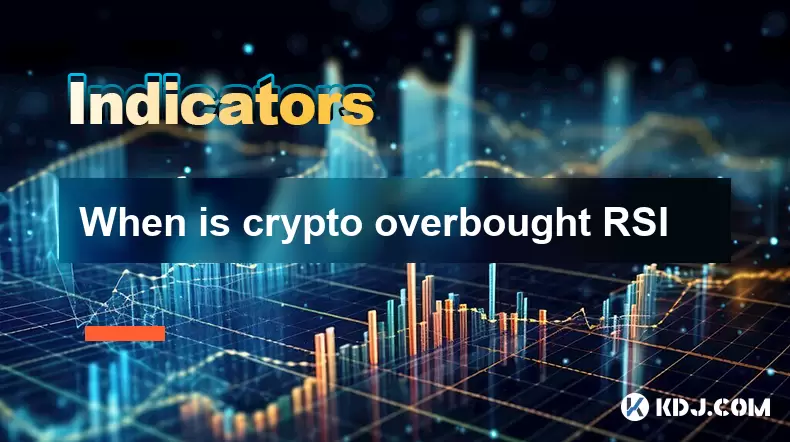
When is crypto overbought RSI
Jul 12,2025 at 11:22am
Understanding RSI in Cryptocurrency TradingThe Relative Strength Index (RSI) is a momentum oscillator used to measure the speed and change of price mo...
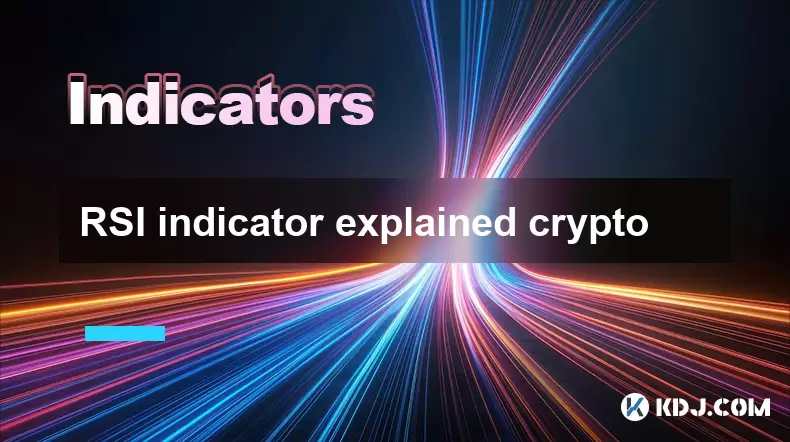
RSI indicator explained crypto
Jul 11,2025 at 03:28pm
Understanding the RSI Indicator in Cryptocurrency TradingThe Relative Strength Index (RSI) is a momentum oscillator commonly used by cryptocurrency tr...
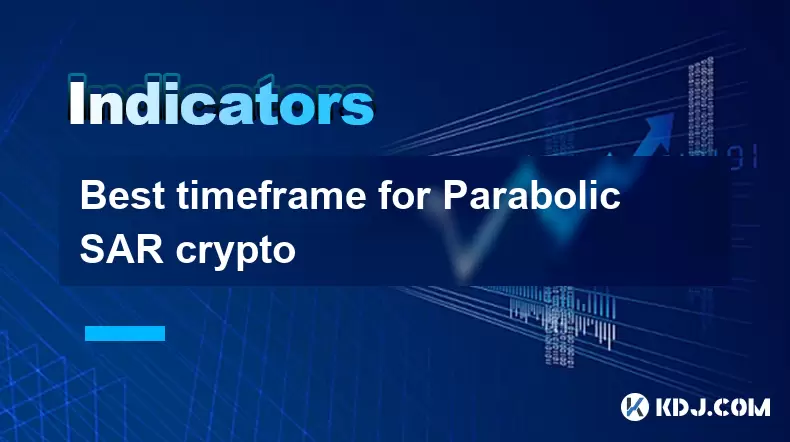
Best timeframe for Parabolic SAR crypto
Jul 12,2025 at 02:57pm
Understanding Parabolic SAR in the Crypto MarketThe Parabolic SAR (Stop and Reverse) is a technical analysis indicator used by traders to determine po...

Crypto RSI for day trading
Jul 12,2025 at 11:14am
Understanding RSI in the Context of Cryptocurrency TradingThe Relative Strength Index (RSI) is a momentum oscillator used to measure the speed and cha...

Crypto RSI for scalping
Jul 12,2025 at 11:00pm
Understanding RSI in the Context of Crypto TradingThe Relative Strength Index (RSI) is a momentum oscillator widely used by traders to measure the spe...

How to combine RSI with other indicators for crypto
Jul 12,2025 at 08:35am
Understanding the Role of RSI in Crypto TradingThe Relative Strength Index (RSI) is a momentum oscillator that measures the speed and change of price ...

When is crypto overbought RSI
Jul 12,2025 at 11:22am
Understanding RSI in Cryptocurrency TradingThe Relative Strength Index (RSI) is a momentum oscillator used to measure the speed and change of price mo...

RSI indicator explained crypto
Jul 11,2025 at 03:28pm
Understanding the RSI Indicator in Cryptocurrency TradingThe Relative Strength Index (RSI) is a momentum oscillator commonly used by cryptocurrency tr...

Best timeframe for Parabolic SAR crypto
Jul 12,2025 at 02:57pm
Understanding Parabolic SAR in the Crypto MarketThe Parabolic SAR (Stop and Reverse) is a technical analysis indicator used by traders to determine po...
See all articles

























































































